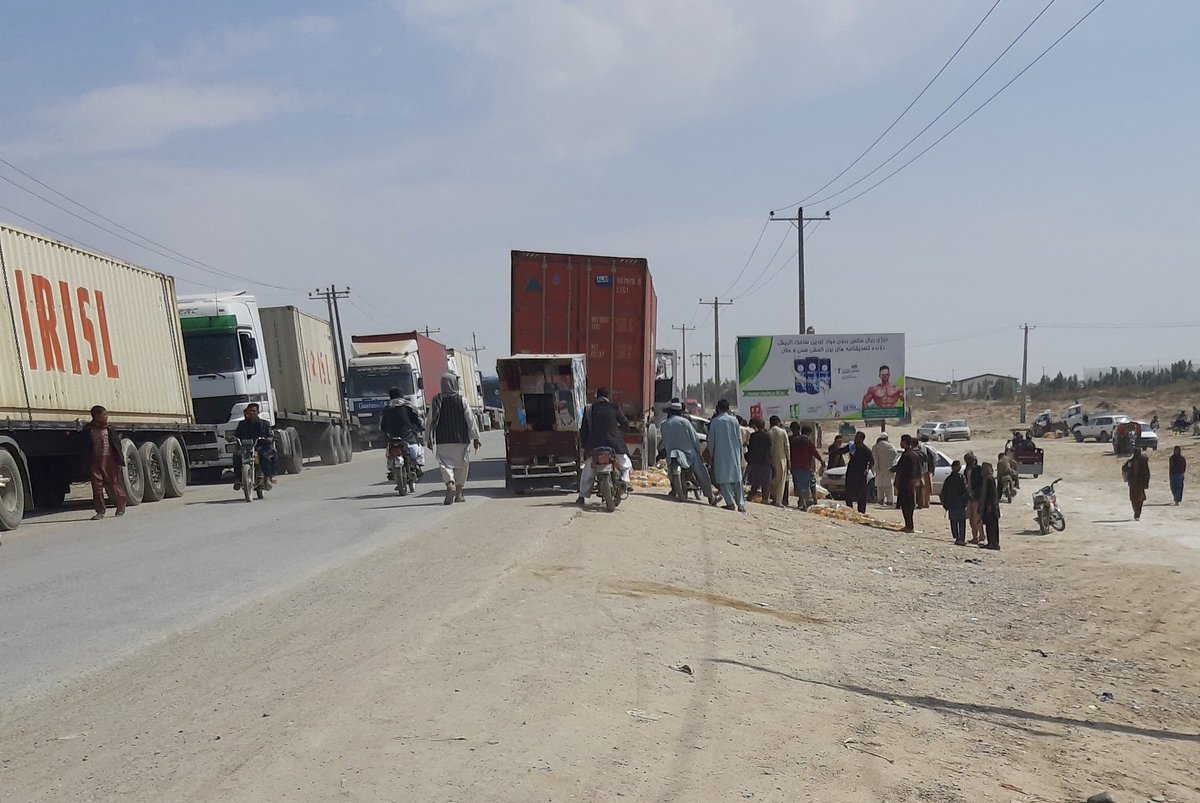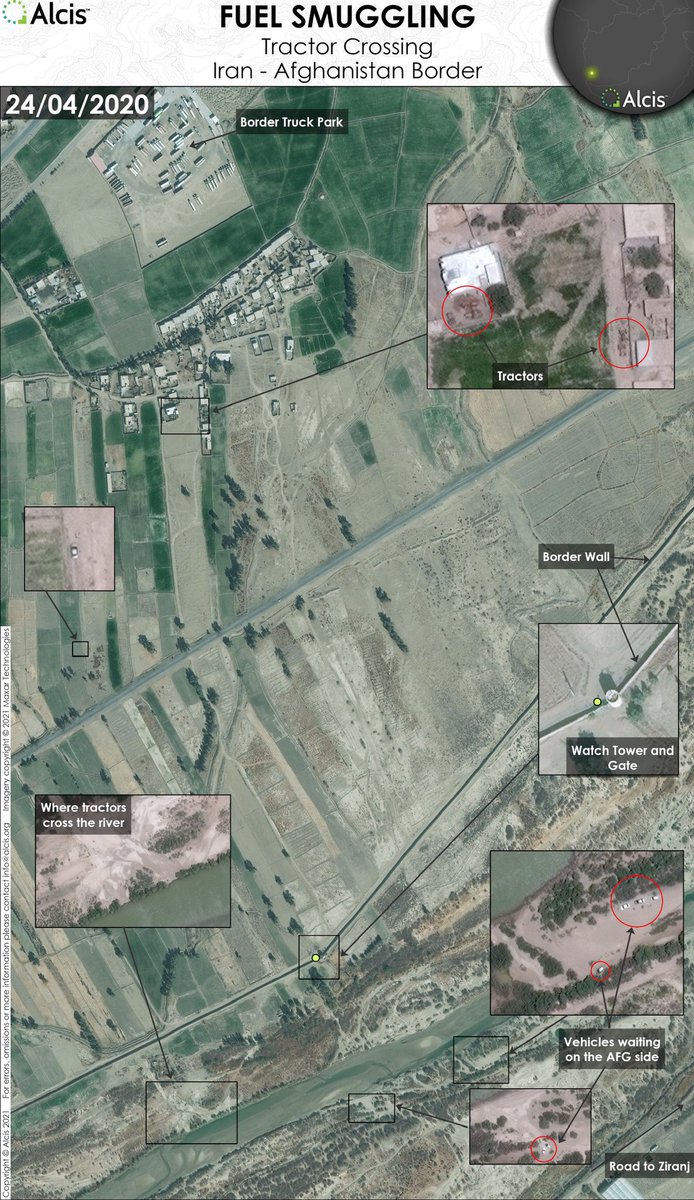
1. The latest report exposes a number of myths about Afghanistan, drugs, taxes & the Taliban based on indepth fieldwork over the last 25 years and high resolution imagery analysis @AlcisGeo areu.org.af/wp-content/upl…
2. It suggests we all need to be more discerning consumers of data: media, scholars, officials. It’s a prerequisite that we look at method, even if it’s in an esteemed journal, from a celebrated journalist or scholar, or an official UN report. For example (in no particular order)
3. Myth 1. The Taliban banned opium cultivation in 2000/01 to increase the value of the stockpiles they had accumulated. The reality is the opium bazaars were already empty in May 2001 and no stockpiles were ever found in Afghanistan despite considerable efforts to locate them. 





4. The claim of stockpiles was just a case of bad method & assumptions: an overestimate of production by UN & an underestimate of illegal opiate use (derived from member states reporting, many who understate use) & the claim any residual opium was in the hands of the Taliban.
5. Despite the weak basis for the stockpile claim this narrative still persists in the media, scholarly work, official narratives and the reports of the UNSMT. It become “fact” simply by enough people not reviewing the methods believing the claim & repeating.
6. Myth 2: the Taliban banned opium in 1994/5 only to rescind it in 1995/6. It never happened despite the fact scholars have written this in books, articles & on post-its. The reality is the UN poppy surveys of the 1990s were no more than visual estimates & as such inaccurate.
7. The 1994 survey as the pilot was known to be poor & widely thought to over-egg cultivation. 1995 was more measured but even then there was no sense of the margin of error-it was literally someone going to a village & saying “I think it’s x jeribs” (despite the measuring tape;) 





8. The two surveys weren’t considered comparable & the reports weren’t shared: “restricted circulation”. This led some to assume reported reductions were actual & a function of the Taliban’s rise in the south unsighted on the methodological differences & where reductions occurred 



9. They also lacked knowledge of the crop. Taliban made a statement they would ban opium in 1994 but did not take the primary poppy growing areas in S & SW until after the growing season was done: they were not in Helmand until January 1995, weeks after the crop was in the ground 





10. Moreover, the vast majority of the reduction in 1995 was in Nangarhar under Hajji Qadir-not in Taliban territory. As such, there was no ban to rescind only a statement of intent by the Taliban: a placemarker for the outside world. Something we have also seen more recently.
11. Myth 3: The Taliban take 10% of the crop & value of the drugs trade as tax. This too dominates the media, scholarly work & UNSMT reporting, even though @unodc has revisited its methodology and now claims the Taliban receive only 6% 





12. It’s origins lie with the literal translation of ”ushr” (1/10th) & the failure to recognise that in Afghanistan the term is used generically for “tax”. So ask a farmer if they pay tax to the Taliban & they”ll say “yes”, but it don’t mean they pay 10% of the final yield.
13. Far from it, in fact the tax in much of the S & SW (where 3/4 of the crop grows) is 2 khord/jerib (225g for 1/5 ha) the equivalent of 2.5% from a 9kg yield & even that can be negotiated when yields are low. 

14. And further up the value chain the taxes are a fixed price per weight-the equivalent of around $2/kg on production of “powdah” like heroin base and $4/kg for trading a product with a price $1,500-$1,800/kg. Far from the 10% so often cited or the 6% UNODC now claim.
15. And that’s the truth of the matter: taxes on all goods in rural Afghanistan are typically a fixed price per unit of land, weight or volume. Expecting a rural insurgency to run the equivalent of a VAT or GST system seems a little unlikely….
16….imposing it on a commodity of varying (and difficult to discern) quality and constantly fluctuating price in the midst of a protracted conflict is possibly beyond the realms of even the most sophisticated tax department in the west. 







17. Not only is VAT on drugs nigh on impossible to run for a rural insurgency but 10% is economically unfeasible & would put producers out of business given the relatively low profit margins on heroin base & meth. Without factoring in costs we are blind to these basic errors. 







18. Myth 4.The Taliban’s primary source of revenue is drugs. An oft cited claim by US military, UNSMT & others but they never showed us their math. It was a method that owed more to hearsay and “dial a Hajji” rather than a deep understanding of how taxes work in rural Afghanistan
19. We’ve seen a wide array of estimates over the years that have given little to no sense of method with estimates of Taliban earnings of $400 mill/pa on opiates now becoming common place. Armed with empirical data rather than assumptions the real figure is nearer $20 mill/pa 

20. USFOR-A went so far as to say Taliban earned 60% of their money from drugs which implied he’d worked out where the other 40% came from. He couldnt even tell us how he’d worked out the drugs part but used it as a justification to bomb labs-almost all of which were empty 







21. What he & others missed was that Taliban was earning much more taxing $6.5 billion+ cross border trade in legal goods-everyday items: cigarettes, car parts, food items. In the SW province of Nimroz taxes on legal imports were as much as $40 million/pa l4p.odi.org/resources/war-… 





22. ……compared to only $5 million/pa on drugs (meth & opiates). The reality is without vertical integration the margins in the drugs trade in Afghanistan just ain’t the earner many claim-the business model we find in Afghanistan is like none of the series of @NarcosNetflix 





23. So what’s the lesson from this? Be a more discerning reader. Just cos it’s on paper - an academic journal, social media, old style print, or even a UN report -don’t make it true. Look at the method section - dull I know - but if there ain’t one it says much about the claims.
24. If its just “key informants” how much do they really know? What is their direct experience of the issue? Why are they being so sharing? How is the information obtained being verified? So often unverifiable opinion masquerades as empirical data & fact. alcis.org/post/so-wrong-…
25.The failure to differentiate between evidence & opinion has been evident in Afghanistan. Treating everything written down as the same allows policy makers to pick what suits. If we don’t learn to discern it’ll happen again to the cost of another population that deserves better
• • •
Missing some Tweet in this thread? You can try to
force a refresh



























